

Enhancing natural landscapes with "super"-natural light
This article is not about "painter of light" Thomas Kinkade, but rather less-established and extremely talented photographers, who use dynamic electric light patterns to enhance the nature's given landscapes, or our bleak industrial environments. In every case something luminous and strangely mesmerizing is brought "to light", transforming the photograph into an entirely different experience, and making our hearts beat faster.
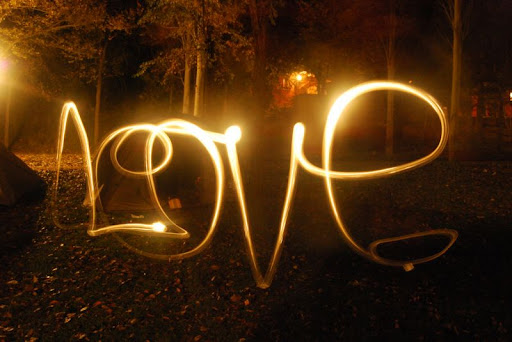
It all started with Eric Staller
Eric Staller is a sculptor more known for the permanent artwork in public places, but also for his experimentation with light. His light drawings and sculptures date as far back as the late 70s (definitely in-line with the disco-era sensibilities). He was perhaps the first photographer to paint light into live urban environment:



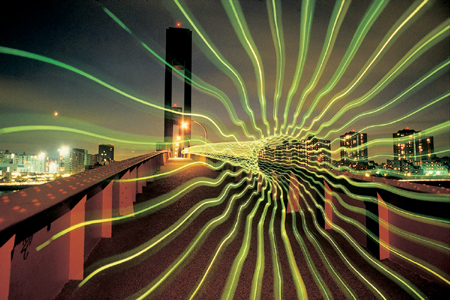
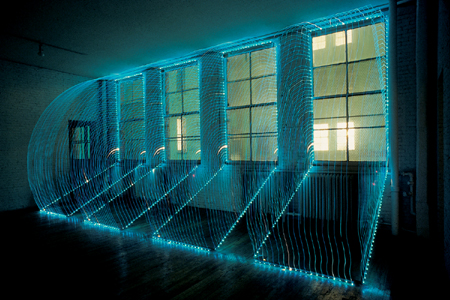
Some of these New York light-scapes still look like perfect examples of the technique. Simply glorious, after all these years.
No Lens, Only Intricate Light
Alan Jaras (aka "Reciprocity") captures surreal refraction patterns of light, passing through molded plastic. Amazingly, these photos are made the "natural way", without the use of a camera lens, or retouching by Photoshop. His flickr photostream is one of the most interesting and adventurous on the web.
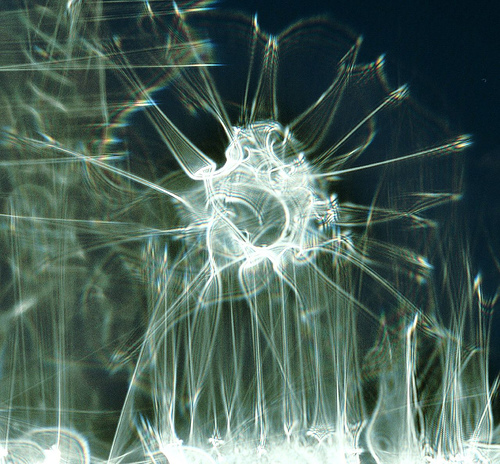
"Spicules of Light" by Alan Jaras
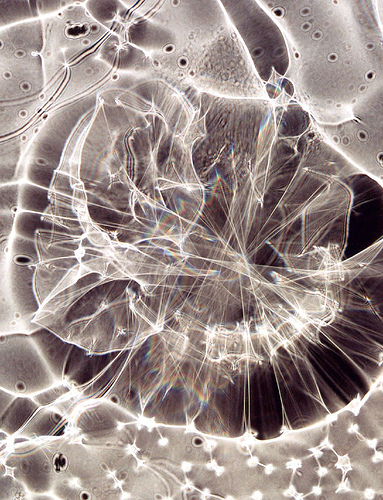
This article is not about "painter of light" Thomas Kinkade, but rather less-established and extremely talented photographers, who use dynamic electric light patterns to enhance the nature's given landscapes, or our bleak industrial environments. In every case something luminous and strangely mesmerizing is brought "to light", transforming the photograph into an entirely different experience, and making our hearts beat faster.

It all started with Eric Staller
Eric Staller is a sculptor more known for the permanent artwork in public places, but also for his experimentation with light. His light drawings and sculptures date as far back as the late 70s (definitely in-line with the disco-era sensibilities). He was perhaps the first photographer to paint light into live urban environment:





Some of these New York light-scapes still look like perfect examples of the technique. Simply glorious, after all these years.
No Lens, Only Intricate Light
Alan Jaras (aka "Reciprocity") captures surreal refraction patterns of light, passing through molded plastic. Amazingly, these photos are made the "natural way", without the use of a camera lens, or retouching by Photoshop. His flickr photostream is one of the most interesting and adventurous on the web.

"Spicules of Light" by Alan Jaras

Light Among the Ruins
Abandoned & ghastly places achieve a new license to life with these urban light explorations. The nameless artists responsible for these "graffitis of light" perhaps live somewhere nearby and make it their creative statement to turn ugly venues into canvases of "cleansing" light.
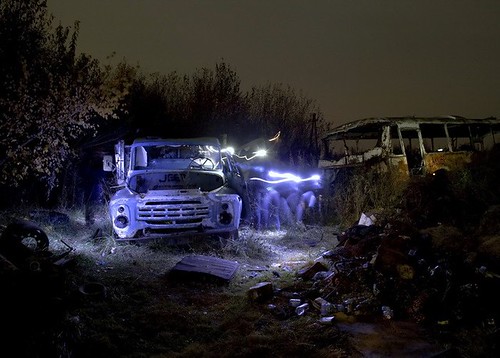
Abandoned & ghastly places achieve a new license to life with these urban light explorations. The nameless artists responsible for these "graffitis of light" perhaps live somewhere nearby and make it their creative statement to turn ugly venues into canvases of "cleansing" light.

Some other examples of "painting with light":
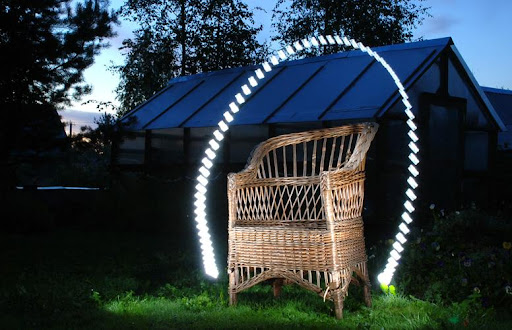
(image credit: Sashnone)
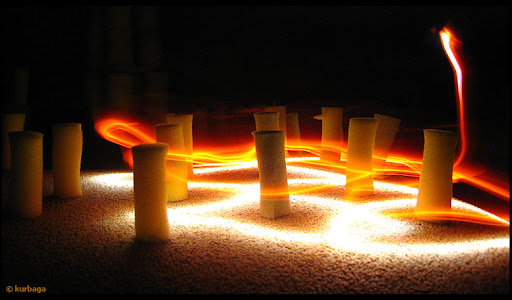

(image credit: Kurbaga)
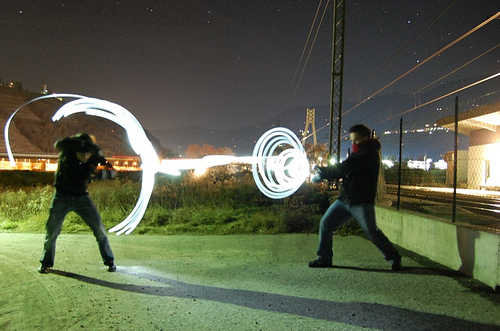
(original unknown)
Mystery and Melancholy of a Street
One word: "heavenly". This is how you can describe the apparitions created by group LICHTFAKTOR. We already wrote about their previous works, but it seems that angels of creativity continue to bestow their visitations upon this enlightened urban clan. They go into the night and return with transcendental glowing creations... like these:
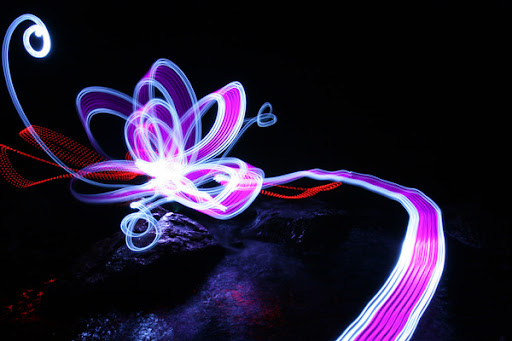
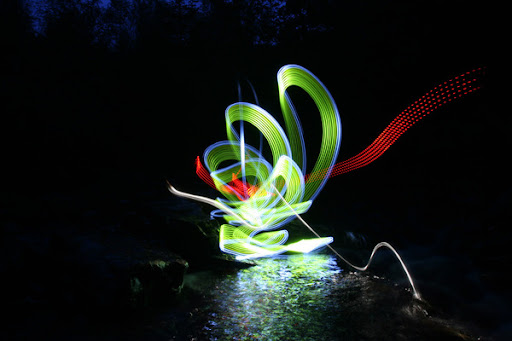
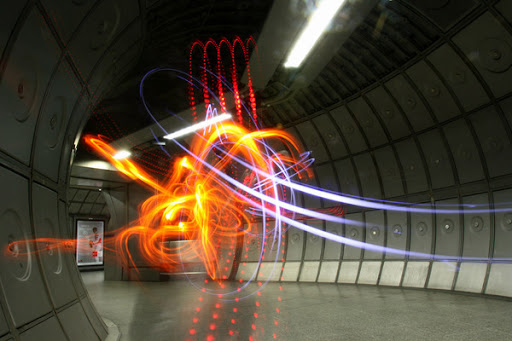
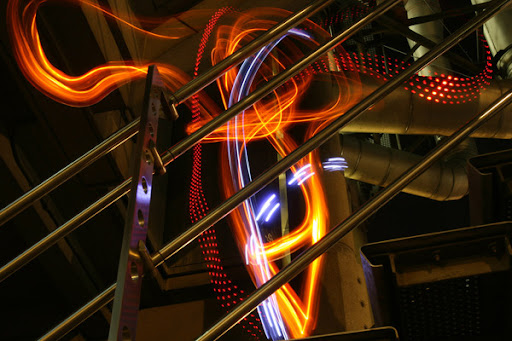
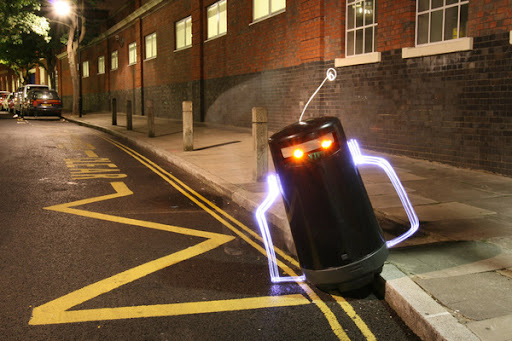
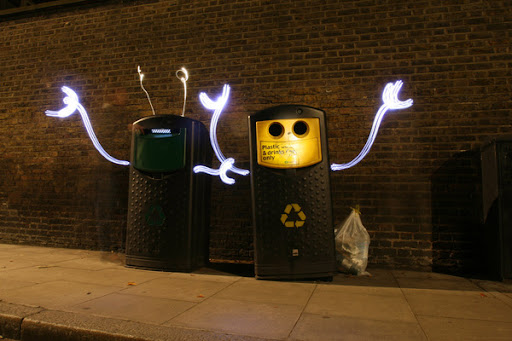
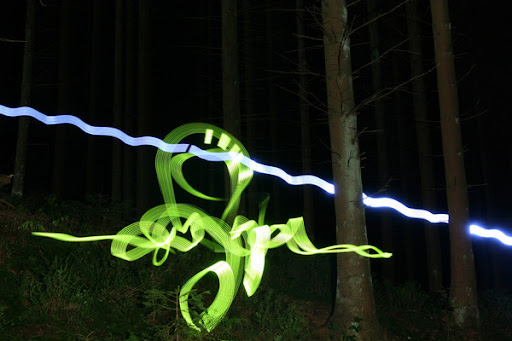
(image credit: LICHTFAKTOR)
Spiritual Glow
Dean Chamberlain takes the inherent glow that all mysterious worship places evoke in our heart, and brings it to the screen - his temple & palace interiors are uplifting and mystifying at the same time:
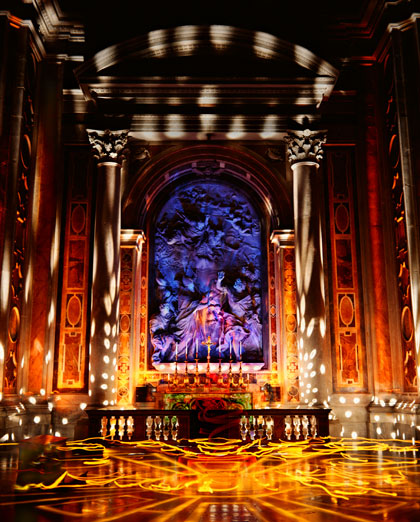
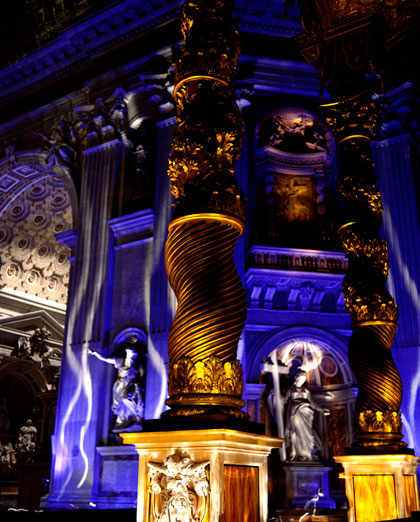
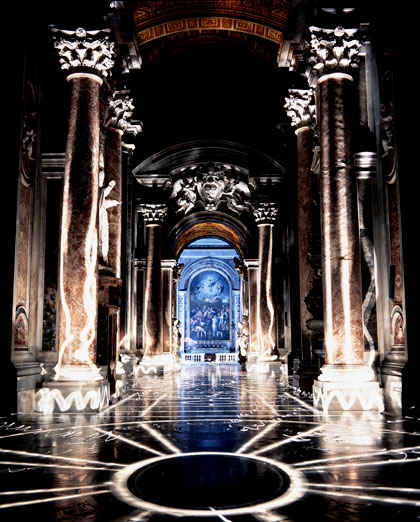
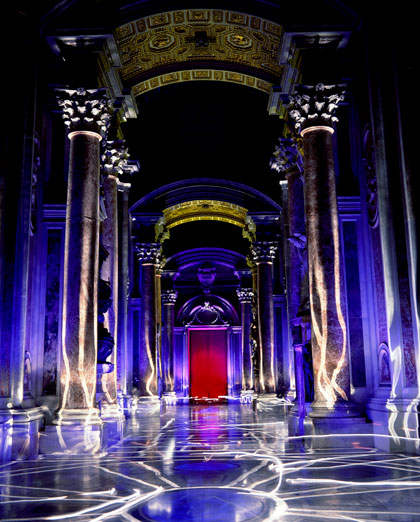

(image credit: Sashnone)


(image credit: Kurbaga)

(original unknown)
Mystery and Melancholy of a Street
One word: "heavenly". This is how you can describe the apparitions created by group LICHTFAKTOR. We already wrote about their previous works, but it seems that angels of creativity continue to bestow their visitations upon this enlightened urban clan. They go into the night and return with transcendental glowing creations... like these:







(image credit: LICHTFAKTOR)
Spiritual Glow
Dean Chamberlain takes the inherent glow that all mysterious worship places evoke in our heart, and brings it to the screen - his temple & palace interiors are uplifting and mystifying at the same time:




Do you like seaside? Now you do.
It's impossible not to fall in love with the sea and the coast when seeing photography of Toby Keller, aka BurnBlue. His light painting technique is often subtle, and it's hard to tell where the natural light ends and the "super"-natural light begins. Waves provide the long-exposure soft glow, and deep blue ghost-like apparitions seem to lure us, mere mortals, into their marvelous portals, and into an infinite light. (you have to excuse my purple prose, these photos are simply too magical).
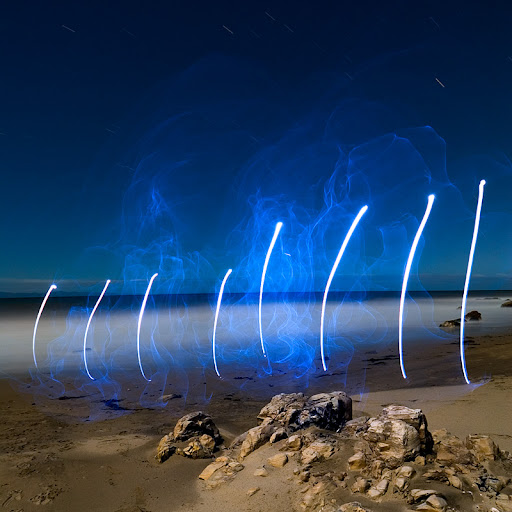
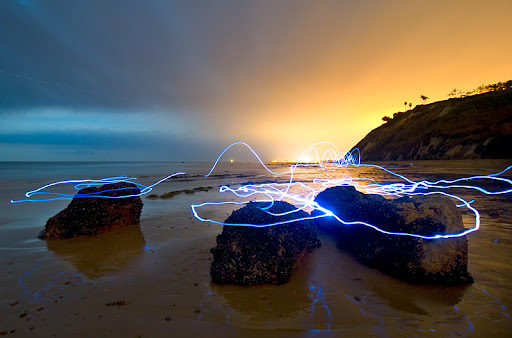
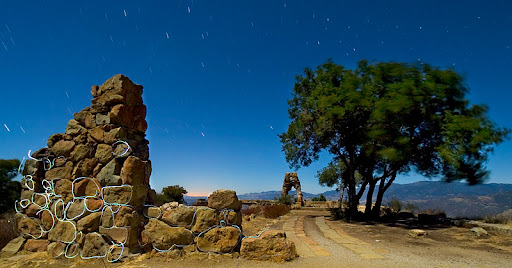
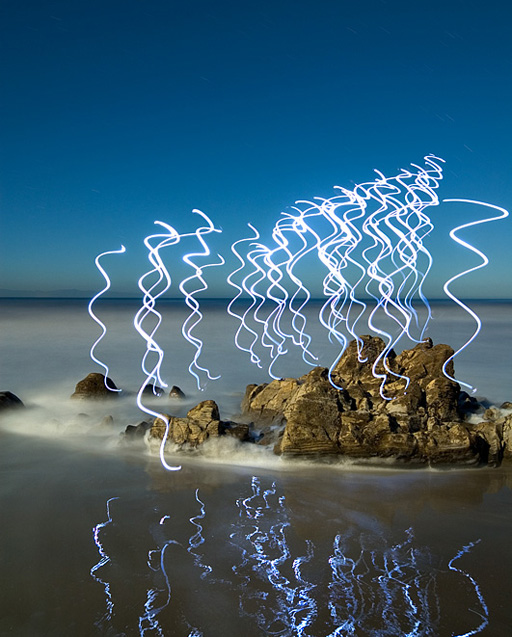
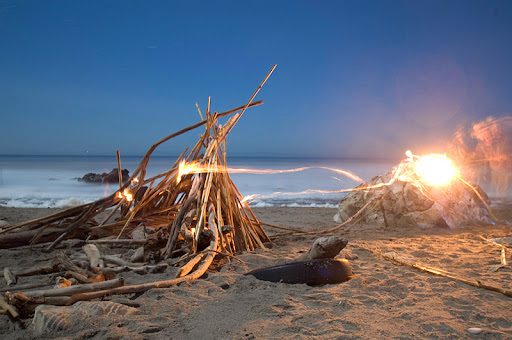
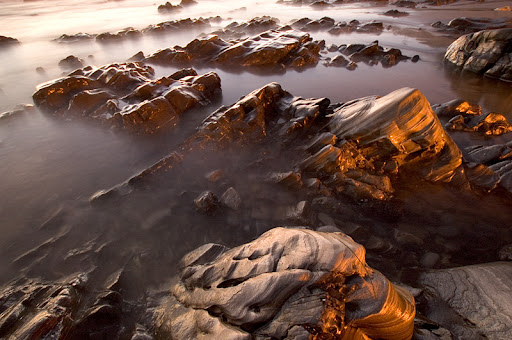
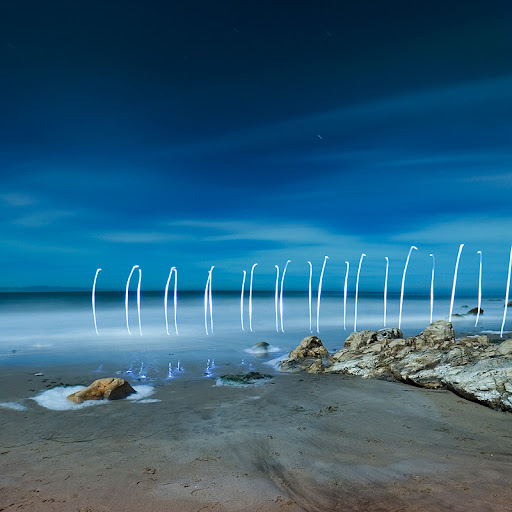
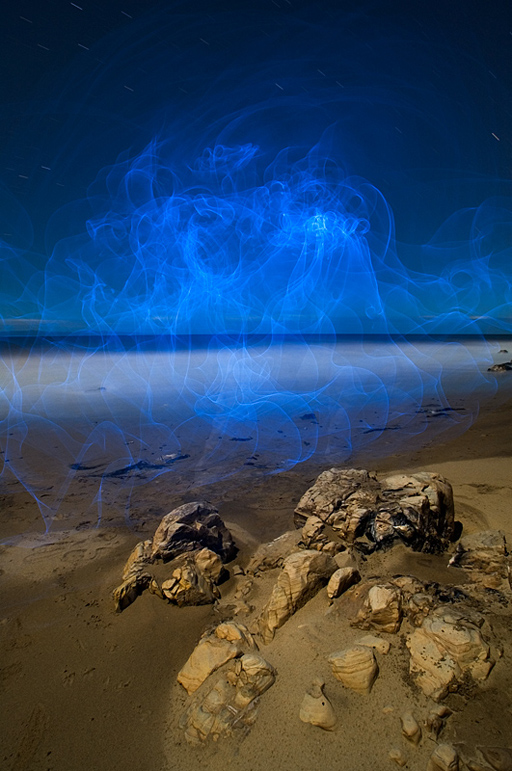
And yet, no matter how skillful you are as a painter, natural light is still the winner. Here is very evocative shot of moonlight at sea:
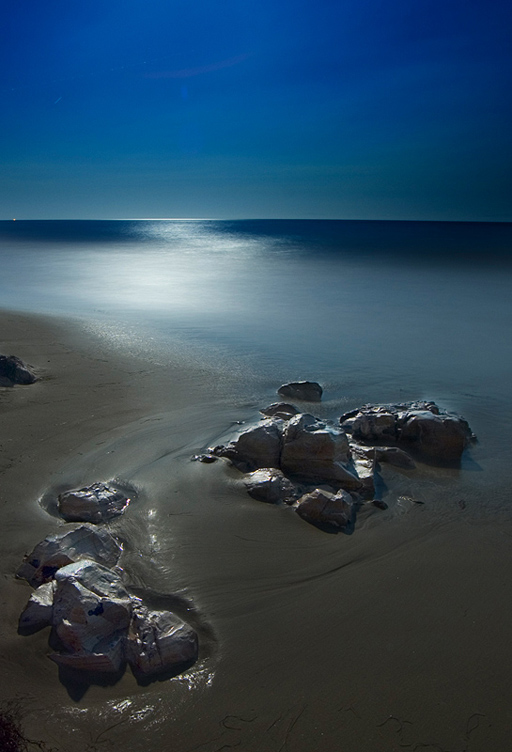
and a riot of colors during sunset:
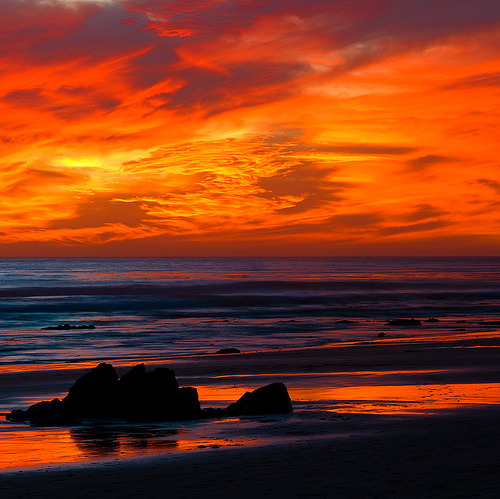
It's impossible not to fall in love with the sea and the coast when seeing photography of Toby Keller, aka BurnBlue. His light painting technique is often subtle, and it's hard to tell where the natural light ends and the "super"-natural light begins. Waves provide the long-exposure soft glow, and deep blue ghost-like apparitions seem to lure us, mere mortals, into their marvelous portals, and into an infinite light. (you have to excuse my purple prose, these photos are simply too magical).








And yet, no matter how skillful you are as a painter, natural light is still the winner. Here is very evocative shot of moonlight at sea:

and a riot of colors during sunset:

Read more: http://www.funonthenet.in/articles/painting-with-light.html#ixzz1ZyXxZf8v
































